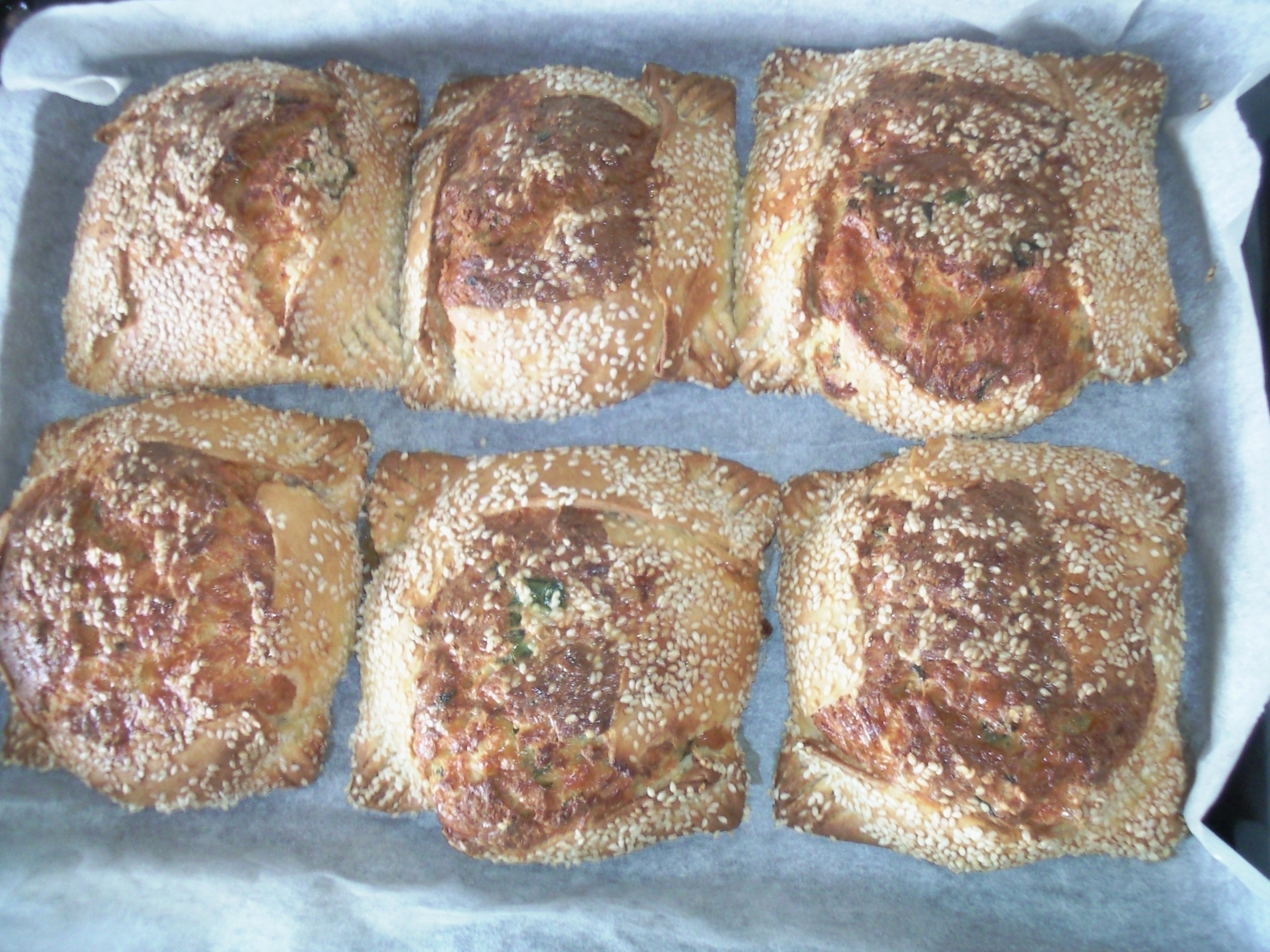Name - Origin
Παλάθες
Similar to flaounes (a traditional Easter cheese pie with cheese from Paphos and halloumi) (Sophocleous, 2004 p. 144)
Functional and symbolic role
The week of Lazarus was the last week of Lent before Holy Week. On Saturday of Lazarus, small groups of young children would wander through the streets of the village carrying baskets which were decorated beforehand with lazarous and other wild flowers. They would visit their fellow villagers and bring them the message of the resurrection of Lazarus, singing the well-known Cypriot song of Lazarus. They were offered by housewives a red egg or a flaouna. This custom is very similar to the rituals of the classical era where in ancient Athens and in other parts of Greece, during the same month (Anthestirion) young people adorned with wildflowers (Dionysia) would wander around the streets, announcing the rebirth of nature with the arrival of spring. According to historical testimonies, housewives would offer them palathes, a kind of sweet which shares the same characteristics with our own flaouna (Sophocleous, 2004 p. 144).
Additional information and bibliography
Sophocleous G. (2004), Παράθυρο στη Κύπρο μας. Λαογραφική –Πολιτιστική Ανθολογία, vol. B΄, Nicosia.
Stalo Lazarou

